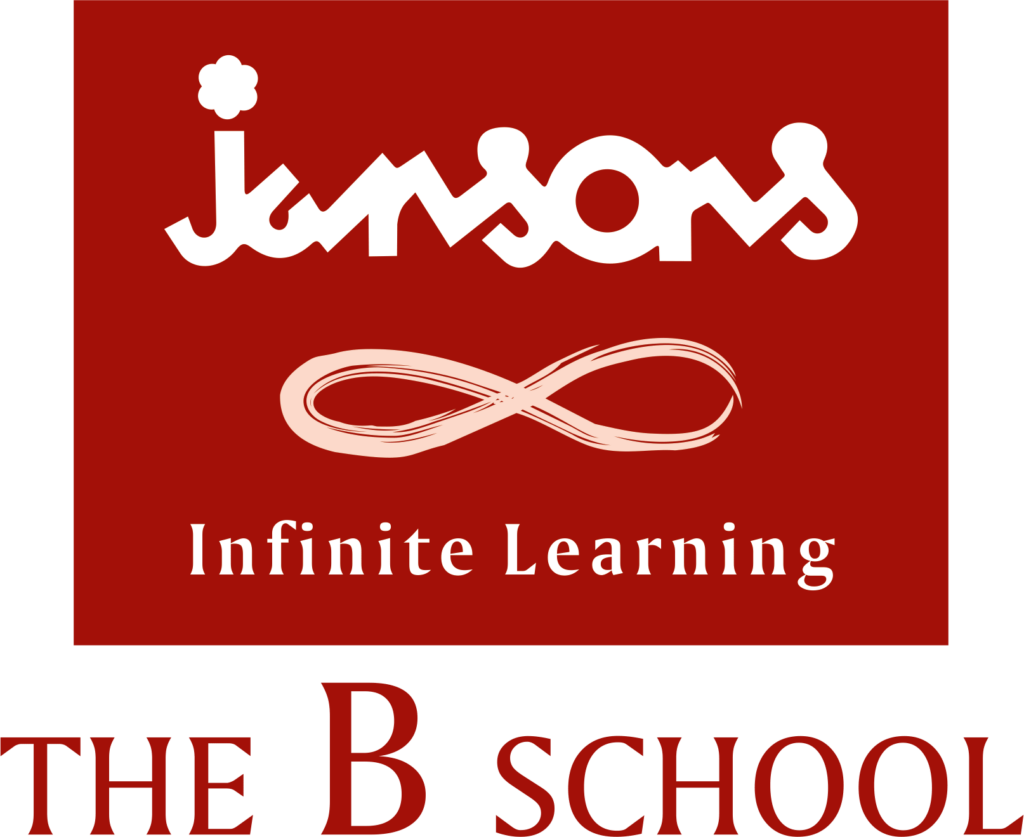X Institute - Survival woes
Volume 2 - April 2016 - March 2017
Moinak Maiti
The case is about a higher educational institution named X Institute, once a successful institute but is presently struggling for its existence. Even its location inside the IT Technology Park and the worldclass academic infrastructure fail to attract the best students and companies. It is attributed to the evolving business environment that is not favourable to the institute anymore. The question now is whether the institute should move to Red Oceans to compete with big giants like IIT or should it try to develop its own niche? Eminent group of management research scholars and students were chosen over professional consultants to look into the plight and offer feasible solutions.







 Total views : 2000533
Total views : 2000533